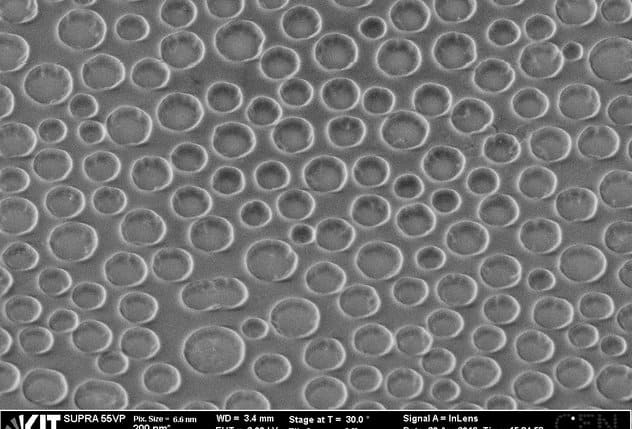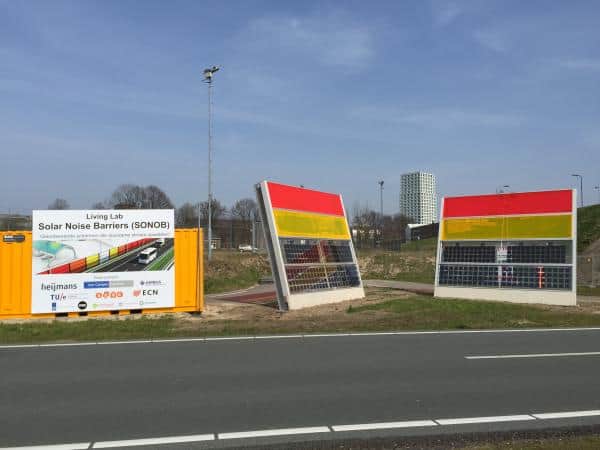Butterfly solar technology – Researchers at the Karlsruhe Institute of Technology in Germany have managed to double the amount of energy solar panels convert to energy by studying the nanostructures of black butterfly wings.
How does it work?
Radwan Siddique at the Karlsruhe Institute of Technology was reading about butterfly wings whilst researching a technique for building 3d nanostructures. “I was so intrigued that I literally went to a lot of butterfly nurseries and gathered several butterflies,” Siddique told Seeker. “The black butterfly was one of them. I was putting them under SEM (a scanning electron microscope) and looking at the structures.”
Although the openings on the black butterfly’s wings are less than a millionth of a metre wide, the latticed nanostructures they’re made of scatter light and are able to help the butterfly absorb more of the sun’s heat, helping the butterfly (a cold-blooded insect) regulate its body temperature and fly in cool weather.

Butterfly Solar Cells – Production
According to Science Advances on October 18, when the findings were published, the “nanopatterned absorbers achieve a relative integrated absorption increase of 90% at a normal incident angle of light to as high as 200% at large incident angles, demonstrating the potential of black butterfly structures for light-harvesting purposes in thin-film solar cells.”
Siddique and his colleagues used a sheet of hydrogenated amorphous silicon in an attempt to copy the structure of the black butterfly wings. When they used a layer of polymer with circular indentations of different sizes, and transferred it to a silicon base, they were able to produce the solar power at a high efficiency using a thin film, as opposed to standard crystal based cells. Some potential uses for these thin-film solar cells could be the incorporation into solar windows or other structures that wouldn’t work well with the crystal-based solar cells.
The cells are also quick and easy to create – “the way we produce the structure is so simple,” Siddique says, “We need just 5 minutes to 10 minutes to make the nanostructures on a six-inch wafer of silicon.” The butterfly creates these nanostructures by combining proteins to cause a chemical interaction. Siddique’s team created artificial versions of these proteins to manufacture their butterfly solar cells – which are cheap and scalable.
Still early days yet, but it’ll be exciting to see how ‘butterfly solar’ stacks up against other emerging solar tech such as perovskite solar cells.


